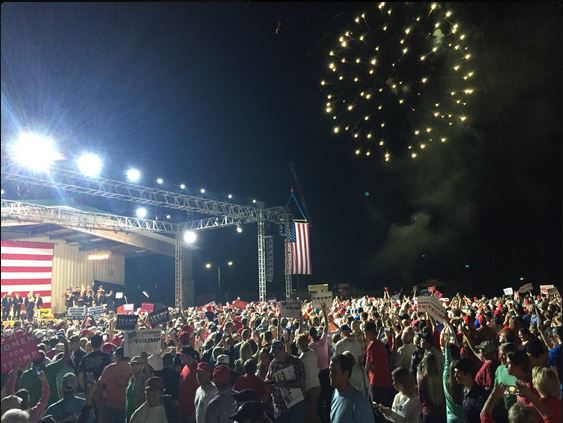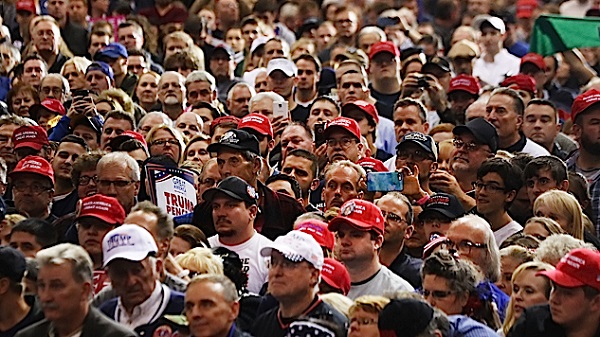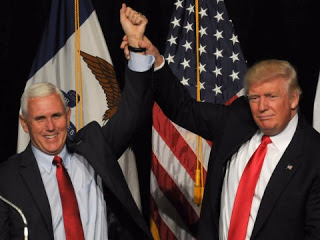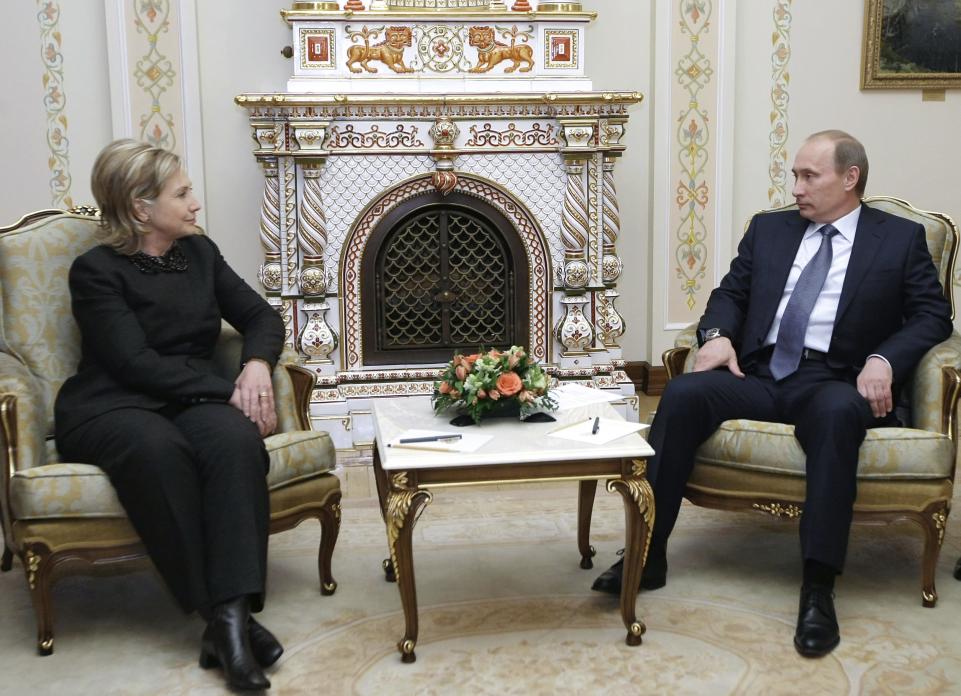Guide to Understanding 2016 Presidential Polling and Reporting
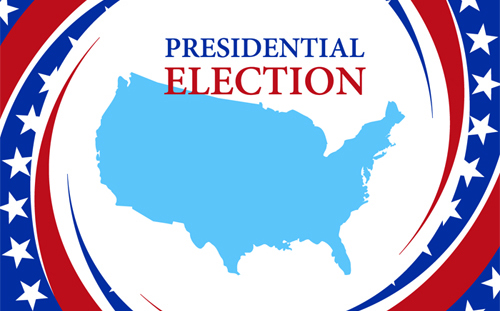 When I arrived in Des Moines, Iowa just before the 1996 Republican caucuses, New York publisher Steve Forbes was first in the polls. Nine days later, he finished fourth.
When I arrived in Des Moines, Iowa just before the 1996 Republican caucuses, New York publisher Steve Forbes was first in the polls. Nine days later, he finished fourth.
A lot of lessons can be drawn from that campaign, and every other. How to use and interpret polling data and political reporting are two of them.
As a former candidate, state party chairman and member of the Republican National Committee, I’ve spent plenty of time with pollsters, looking at data, and seeing political stories both in the media and behind the scenes. Unfortunately, some of what we see in the political press and social media concerning polling in the 2016 race for the Republican presidential nomination ranges from misleading to useless.
Here’s a guide to making some sense of the polling and reporting.
- Political reporting is written by political people, who tend to overestimate how well the candidates are known. Who’s following the 2016 contest closely? Not normal people. Most people are more focused on living their daily lives than following the machinations of a race where not a single ballot will be cast for six more months. The only people who obsess over the race are political activists, party leaders, and the political press.
- Polling at this stage is driven by name recognition. To political people, everyone knows Marco Rubio, Scott Walker, Ben Carson, Ted Cruz (full disclosure: I’m the state chairman for Senator Cruz). Yet, to the vast majority of voters many of these candidates are largely unknowns. We see this phenomenon all the time – candidates and elected officials vastly overestimating how well known they are. We see this with state legislators when they run for statewide office all the time – suddenly it’s clear that in contrast to the staffer/lobbyist bubble in Sacramento, almost nobody outside of their districts know who they are. Likewise, few people outside of presidential aspirants’ home states know who most of them are. The Trump/Bush dyamic – at the moment – proves the importance of name recognition to the polling at this early stage. Recent polling shows New York developer Donald Trump with a commanding lead in the polls. Polling also shows that the second choice of a plurality of Trump voters is former Florida Governor Jeb Bush. To political people this makes no sense – Trump is widely seen as Mr. anti-establishment who just want to blow things up, while Bush is the quintessential establishment favorite. What gives? Name recognition and loose familiarity is the driving force. At the moment, Republican voters choose the better known Trump, who is the only Republican candidate who has had years of consistent national exposure on top of which he bombastic style and lots of access to Fox News has helped. Republican voters’ second choice is the better known Bush, at the moment.
- The name ID advantage currently favoring Trump and, to a lesser degree, Bush will diminish as other candidates become better known. Have you ever noticed how incumbents for, say, Congress or statewide offices, always poll way ahead early on, but the election almost always ends much closer? Most political reporters miss this all the time. Early in seemingly every, single race they report how the incumbent has a huge financial advantage and a big lead in the polls, as though this is their first rodeo and they haven’t noticed that the numbers always – always – tighten up. How does this happen? Simple: as the campaign moves along, the candidates become better known. Since incumbents are already better known, it’s challengers who benefit the most, and their numbers rise the most. Karl Rove in his book Courage and Consequence correctly notes that the higher the office, the more likely the voters will come to know the candidates for who they truly are. Media attention will benefit the challenger candidates who know how to take advantage of it. Name ID becomes less of a factor as all of the candidates become better known. The challenge for the frontrunners is to maintain their edge when name ID alone is no longer the driving factor. History shows many frontrunners fail to do this. Hillary Clinton’s failed 2008 campaign is a prime example of this.
- Presidential contests are not, ultimately, name ID races. This isn’t a race for school board where the most exposure most voters will have had is a yard sign or two. The amount of media attention focused on a presidential contest makes the contest, by the time it’s done, much more about the candidates’ narratives, philosophy and skill than mere name ID. The real “invisible primaries” are: fundraising, being seen as a substantive candidate with substantive ideas, endorsements, and building a base of supporters and activists. Over time, success in these four areas will determine which candidates are properly positioned for the intensive voter contact activities that will dominate the campaign’s closing days.
- The nomination contest is a state by state process, not a national one. A strong position in national polling can help generate a sense of momentum that can lead to more money and activists coming on board the campaign. But in a nomination fight, that’s about it. When John McCain narrowly defeated Mitt Romney in the Florida primary in 2008, the race was over. It didn’t matter what the national polling said. Likewise, in 2008 Rudy Giuliani featured strongly in national polling but not in Iowa, New Hampshire or South Carolina, all of which he lost. When that happened, his big lead in Florida evaporated and he was out. This is a state by state contest that develops its own momentum as each state votes and news of the outcomes influence voters in subsequent states.
- Political reporters will spend much more time on money than volunteers because financial figures are easily accessible while volunteer numbers are not. Every time there’s a reporting deadline at the Federal Elections Commission (FEC), you can bet every political reporter covering the national election will be at their computer hitting “refresh” until the reports come online. New fundraising stories are easy ones to write – pull down the numbers, call someone to get some “analysis”, and file. Boom, done. Yet, there’s no FEC report on the number of volunteers identified, recruited, trained, or activated. Yet, volunteers are an equal if not more important part of any political contest. Despite all of the media obsession over campaign fundraising and finance, money alone does not determine outcomes. Anyone can ask President Forbes , Governor Whitman or President Giuliani about that. The number and effectiveness of the activists and leaders on a particular side of a fight is a better predictor, over the long term, of political success.
Think of it this way – half of all the social media posts, political reporting, analysis, and spin that we will see between now and Election Day is wrong. The problem is – which half? We don’t know, but with insight on both polling and reporting, we can better discern which voices are accurate, and which are just blowing smoke.



